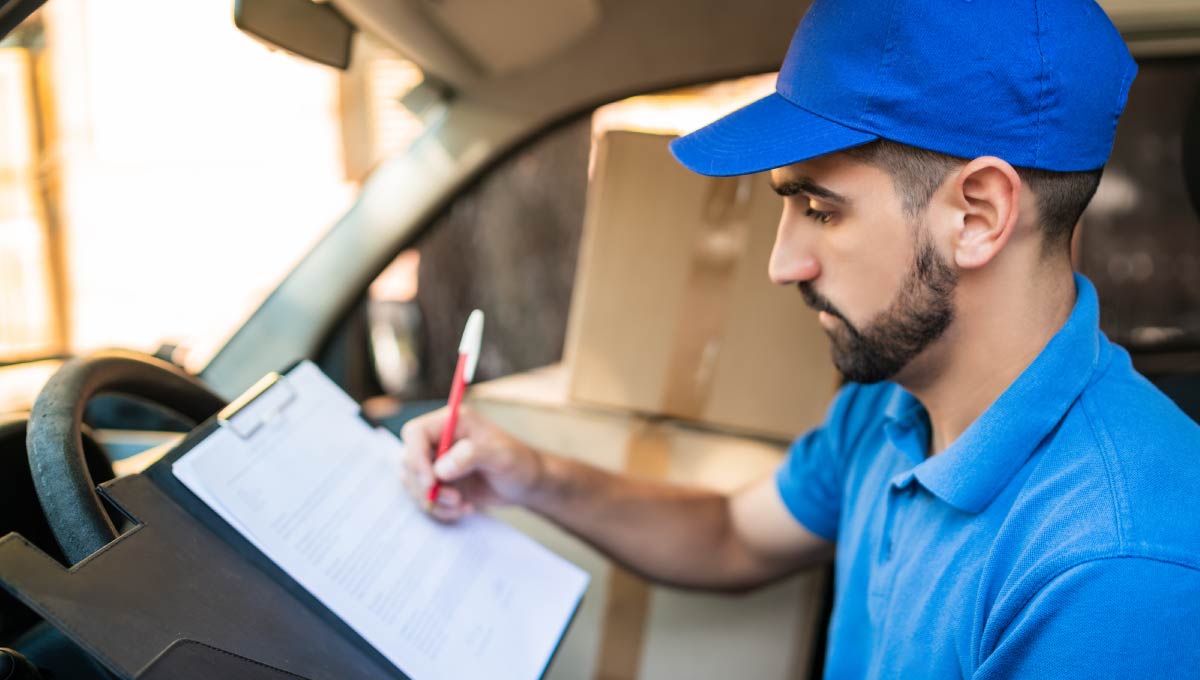It’s estimated that in 5-10 years, consumers will be shopping online more than they do in stores. This is probably not surprising, given that in 2019 the UK had more empty shops than ever before , while eCommerce continues to grow at around 20% each year – and this trend has only accelerated in recent months as lockdown left shoppers with no choice but to buy online.
But as eCommerce continues to flourish, so too does one of retail’s biggest bugbears – RETURNS.
There’s no getting around it, returns are massively important to consumers. In fact, 78% of all consumers look at the returns policy before making a purchase and 42% of shoppers have returned something in the last 6 months . And this makes sense, a good returns service gives customers the confidence to buy a product they haven’t physically seen, touched or tried on, and if consumers are unsure about a returns policy they’re unlikely to take a risk and will shop elsewhere.
But returns can have a huge impact on the bottom line, which is why it’s critical to balance the customer experience, with the cost and operational impact.
The operational challenge
Returns cost UK retailers a whopping £60bn a year, and when 35% of shoppers deliberately over-order, returns can seriously affect the bottom line .
The problem is that typically retailers have little visibility or control around what’s being returned, why, and when. Consumers can send back a return, and retailers don’t know what products will be returned, the condition they’ll be or the cost of delivery – until the return has already happened.
This makes it difficult to plan and manage the reverse supply chain, and retailers often end up playing ‘catch up’ with their returns. This means it can take time to get resaleable goods back in stock for other customers to buy, so retailers miss out on future sales.
These challenges around returns are amplified when it comes to international returns. Customs documentation, Duties & Taxes, as well as differences in local customer expectations and preferences, can make returns a very complex and expensive endeavour.
The customer experience challenge
Returns can have a direct impact on conversion rates and repeat purchases, especially as consumers now expect the same convenience with returns as they do with delivery, with next day and even same day delivery continuing to grow in popularity.
Whether it’s the returns policy on the website, or a previous returns experience, returns are a key deciding factor when a consumer is choosing where to shop.
What’s important to consumers when it comes to returns?
- How long do they have to submit a return – how quickly do they have to decide?
- The range of options on offer – are they convenient? Can they drop a parcel at their preferred store location or can they arrange a courier collection?
- How much will it cost?
- Can they exchange for a different size or colour?
- How quickly will they receive a refund?
- How do I know if my parcel has been received – what if it gets lost? Consumers say tracking and receipt of return is the most important aspect of the returns process .
Above all, returns need to be easy, convenient – and fast. Customers need peace of mind that they can easily return goods and get their money back quickly.
This is what will give them the confidence to buy, even if they’re not sure about a product, and this trust can convert a first-time customer into a loyal customer.
The international challenge
Returns are even more critical to your international customers – especially when buying online from overseas already feels like a bit of a risk. But the challenges around returns are magnified when it comes to cross-border logistics.
Every country has its own preferences and expectations when it comes to shopping online, delivery and returns – so it’s important to tailor your returns to each local market.
For example:
- Germany has a real ‘returns culture’ – up to 70% of fashion purchases are returned
- More than half of consumers in France choose to drop a return at a Drop Off location
- Parcel lockers are more popular in China than any other nation
- The Spanish and Chinese are most likely to abandon a cart if the returns policy is unsatisfactory
(IMRG Returns Review 2020)
With cross-border returns, also comes the added challenge of Duties and Taxes. 68% of all consumers worldwide check to see if there will be any additional taxes to be paid . Using a DDP (Duty Paid) option is a way to remove this sales barrier, but this can be more time-consuming and costly for retailers – with many choosing to leave it up to the consumer to resolve themselves, which doesn’t make for a positive shopping experience.
Returns can no longer be an after-thought
Choice, flexibility, convenience, speed, visibility – this is what shoppers expect from a returns service, and this is mostly because this is what they get when shopping with a Tier 1 retailer. But businesses like these have huge budgets, sophisticated technology, robust infrastructures and access to an endless number of services – something that is out of reach for many growing businesses. It’s vital, therefore, that businesses find affordable solutions to deliver a returns solution that can compete and provide a flexible and seamless full-loop outbound and inbound shopping experience.
That’s why GFS is launching Global Returns Pro, the first choice for expanding eCommerce businesses wanting a fast and affordable solution to simplify global returns and give customers a high-end experience, without the high-end cost.
Click here to find out more and take advantage of our early-bird launch offer!
i – https://www.bbc.co.uk/news/business-49349703
ii – https://www.statista.com/statistics/288487/forecast-of-global-b2c-e-commerce-growth/
iii – GFS/IMRG Consumer Home Delivery Report 2019/20
iv – ZigZag 2020
v – ZigZag 2020
vi – GFS/IMRG Consumer Home Delivery Report 2019/20
vii – IMRG Returns Review 2020











